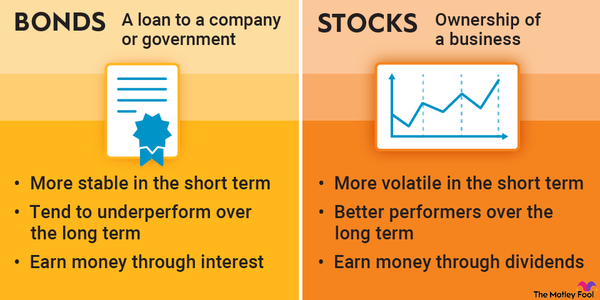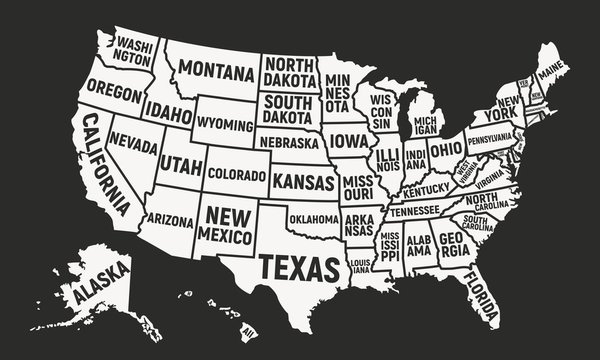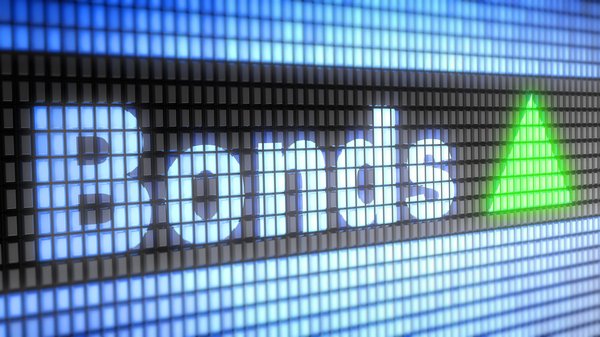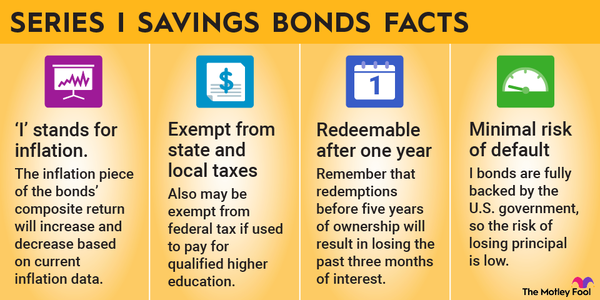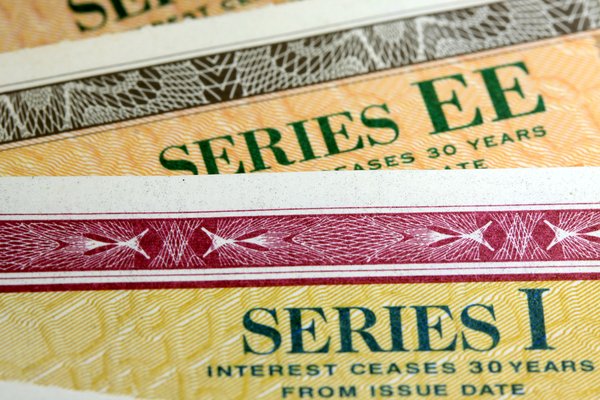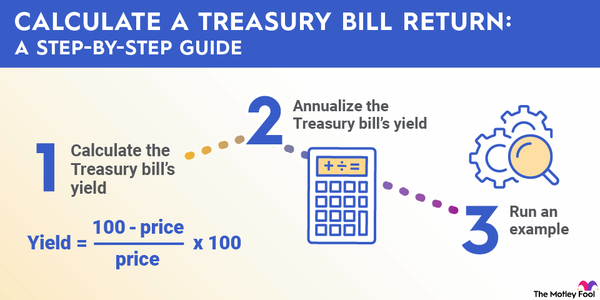What is a Treasury bond?
What is a Treasury bond?
A Treasury bond, or "T-bond," is a debt issued by the U.S. government to raise money. When you buy a T-bond, you lend the federal government money, and it pays you a stated rate of interest until the loan comes due.
These types of securities are fully guaranteed by the U.S. government, so the probability that you won't get your money back is extremely low.
A bond is simply a loan that you make to a particular entity -- it could be a corporation, a municipality, or, in the case of T-bonds, the federal government. You make an initial loan amount, called the principal, and receive interest payments until the loan comes due in the future or at its time of maturity. At maturity, you should receive your entire principal back plus the final payment of interest you're owed.
Technically, all the securities discussed below are bonds, but the federal government uses the term "Treasury bonds" to refer specifically to its long-term basic security. Treasury bonds are issued in 20- and 30-year terms and pay interest every six months.
Bonds
However, you don't have to hold the bond for the full term. You can sell it anytime, but you must hold bonds purchased directly from the Treasury in your account for 45 days.
The related terms "note" and "bill" are reserved to describe shorter-term bonds. Treasury bills have maturity dates of four weeks to one year. Treasury note maturity dates range from two years to 10 years.
U.S. Treasury securities of all lengths provide an almost guaranteed source of income and hold their value in just about every economic environment. This makes them incredibly attractive to both large and small investors during periods of economic uncertainty.
No matter what your age or investing goals are, it's a good idea to have at least a small percentage of your investment portfolio in bonds. Treasury securities -- the bonds issued by the U.S. government -- are the safest of high-quality bonds and make a great linchpin for your bond portfolio. Bear in mind that because there's so little risk involved with Treasury securities, their interest payment rates are typically low compared to those of corporate bonds or municipal bonds.
Interest rate risk
Interest rate risk
Whether or not you've learned this through formal academic study, it's good to know that as interest rates rise, the value of your existing bond holdings will fall.
Consider the following hypothetical: You buy a three-year note with an interest rate of 3%. A year later, interest rates have climbed. You can now buy a two-year Treasury note that pays 4%. Who would want to buy your 3% note (with two years until maturity) at face value when they can get a new two-year note offering a higher yield? If you wanted to sell your note, you'd have to accept a price lower than what you paid for the investment for it to become attractive compared to the newly issued Treasury notes.
This is the essence of interest rate risk, which deals with the risk of loss associated with changes in interest rates. Longer-term bond values tend to be especially sensitive to changes in interest rates.
Like all long-term bonds, Treasury bonds carry a significant risk that interest rates will rise during a given 30-year period. As previously noted, as interest rates rise, your bond value falls in a corresponding manner. To compensate for interest rate risk, long-term issues often pay a higher rate of interest than shorter-term issues.
It's worth noting, however, that if you hold a Treasury bond until maturity, you'll still receive the full face value when it comes due. Interest rate risk only applies if you want to sell your holdings before maturity.
Interest Rate
How to invest in Treasury bonds
How to invest in Treasury bonds
There are two common ways to buy individual Treasury securities: From TreasuryDirect, the official U.S. Department of the Treasury website for managing Treasury bonds, or from your online broker.
Many brokers allow you to buy and sell Treasury securities within your brokerage account. However, brokers often require a minimum purchase of $1,000 for Treasury securities. You can buy most securities in $100 increments on the TreasuryDirect website.
Note that the interest paid on Treasury securities is exempt from state and local taxes, but it is subject to federal income tax.
Types of Treasury Bonds
Treasury notes
Treasury notes are the intermediate-term Treasury security and are currently issued in terms of two, three, five, seven, and 10 years. Intermediate-term bonds are a good compromise between the relatively high risk of long-term bonds and the low payouts of short-term bonds, so they are an excellent place to start investing in Treasury securities. Interest rates vary depending on the bond term, with longer-term notes usually paying higher interest rates.
Treasury bills
Treasury bills, or T-bills, are the short-term version of Treasury securities and are offered in terms of four, 13, 26, or 52 weeks. A special version of the T-bill called the "cash management bill" is typically issued in terms of just a few days.
Unlike Treasury notes and bonds, Treasury bills don't make interest payments. Instead, T-bills are sold at a discount. For example, if a T-bill is issued at 1% interest, then an investor would buy a $1,000 T-bill for $990.10. When the bill matures, the Treasury Department would pay the investor $1,000: the $990.10 they forked over to buy it, plus $9.90 in interest.
Treasury bills usually pay the lowest relative rates of all the various Treasury securities. In some instances, however, short-term bills can offer higher yields than longer-term notes or bonds. This is called a yield-curve inversion. On a graph of yields vs. term length, yields generally curve upward as the term extends. When a shorter-term security yields more than a longer-term security, the curve inverts, sloping downward. When a yield-curve inversion occurs, it's a sign of economic uncertainty or a potential recession.
Yield Curve
Savings bonds
Unlike the other types of Treasury securities, savings bonds can only be bought directly through the U.S. government. They are designed as a tool for saving money rather than an investment option. They are issued in two types, Series EE and Series I. The interest paid on the bonds is typically very low, with EE bonds currently paying around 2.7%. Series EE bonds, however, are guaranteed to double in value after 20 years, effectively returning 3.5% per year if held for exactly 20 years.
A Series I bond is an inflation-protected savings bond that pays a combination of a fixed rate of interest and a semiannual rate that rises and falls with inflation -- leading to regular rate updates. The fixed rate is generally very low, but the inflation adjustment can make it worthwhile. When inflation recently picked up significantly, Series I bonds became more appealing to the average investor.
You can redeem either type of bond after one year, but if you redeem it before five years have passed, you lose the past three months' worth of interest. Savings bonds mature at 30 years and stop paying interest at that point.
Related investing topics
How to choose Treasury securities to invest in
How to choose Treasury securities to invest in
For most investors, Treasury marketable securities make a lot more sense than savings bonds.
You may want to consider making Treasury notes the backbone of your bond investing strategy. Ten-year Treasury notes are a great option for bond ladders, which are portfolios of bonds with differing maturity dates.
You can avoid taxes on the interest payments by holding Treasuries in a tax-deferred retirement account. But if you have other income-producing assets taking up your retirement funds, you may hold your Treasuries in a taxable account since they don't incur state and local income taxes.
Finally, as you get closer to retirement, increase your allocation of bonds compared to stocks. Once you retire, you'll be able to enjoy the safe and steady flow of income from your portfolio of Treasuries.
Treasury bonds FAQs
Are Treasury bonds a good investment?
Many investors can benefit from holding Treasury bonds as part of their portfolio. Treasuries are historically a good diversifier for stocks. The asset class's value is historically negatively correlated with the stock asset class, which means that the value of Treasury bonds often increases when stock prices are declining, providing more stable returns for a portfolio. However, the expected return on Treasury bonds is far lower than that of stocks. Investors looking to maximize their long-term returns without regard for portfolio volatility may not want to hold Treasury bonds.
How much do one-year Treasury bonds pay?
The yield on one-year Treasury bonds changes at every new auction held by the U.S. Treasury. In a typical environment, investors can expect one-year yields to be more than the six-month yield and less than the two-year yield. That may not be the case when the yield curve is inverted. As of late November 2023, the one-year Treasury bond paid about 5.28%.
What are the three types of Treasury bonds?
Treasury bonds are categorized by their time until maturity. Bonds maturing within one year of issuance are referred to as Treasury bills. Treasury notes mature within two to 10 years. And Treasury bonds are long-term securities that mature over 20 or 30 years.
How do I buy Treasury bonds?
You can buy Treasury bonds directly from the U.S. Treasury at TreasuryDirect. You can also buy Treasuries on the open market through your investment broker. Most brokers offer a search tool to help investors find bonds that fit their portfolio. Additionally, using a broker is the easiest way to hold Treasury bonds in your retirement account.









